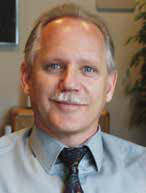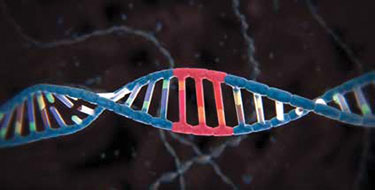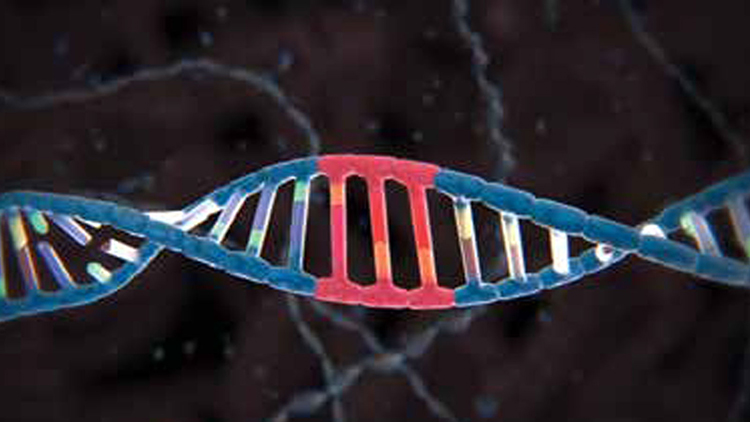
If you own a company—or are employed at one—you know there is much more to your business’ success than simply showing up each morning for work; you are an important part of an organic and hopefully well-defined operational system. Every company is a living and breathing entity, with warm bodies at the core of its existence (at least until intelligent machines become our overlords).
This metaphor of a living corporate organism has been likened many times in business books and allied jargon to the organic DNA that defines the details, attributes, benefits, and liabilities of all living things. And if a business is truly alive, then business leadership, vision, aligned goals, risk, values, and sense of purpose and mission can be translated into biological world equals as tools for managing a prevailing dominance of an environment—something the best companies work very hard at. DNA, whether biological or socially manufactured, is the central repository and enabler of all these things.
Gene manipulation in the biological world is undergoing a massive improvement in speed and accuracy, enabling the creation of new things like disease resistant plants. A common technique used in such modern gene splicing is CRISPR; a rapid, inexpensive, and repeatable process that, depending on how the technology is used, is hailed as the savior of the world, the end of existence, or simply a new and faster way of performing acts of nature that used to take generations to achieve. In all of this, ethics and not damaging the natural order are underpinning conversations about how to proceed. For around $59, you can get a gene splicing kit for CRISPR, allowing you to snip out the unwanted genetic material of just about anything organic and replace it with better, worse, or just different patterns of creation. What people do with this multi-edged tool is up to them to decide, but they and others have to live with the consequences, good and bad, which is both a functional and moral conversation.
Rapid, repeatable, inexpensive, and profitable change elements can also be very desirable in a business, because time is money and consistency leads to efficiency. The business adage of “grow or die” reflects this inherent drive to change a company, to move it forward, to dynamically adapt its DNA to changing environments and achieve dominance. Important also is reasonable caution and avoiding unintended consequences of manipulations, as ripping good things out willy-nilly to create bad things in return is just bad business—nature would not do this and neither should a business. Emotion in this matter is dangerous, and smart leaders usually move thoughtfully toward change.

In the 2011 book Corporate Culture: The Ultimate Strategic Asset, authors Eric Flamholtz and Yvonne Randle state that corporate DNA exists and is what defines the culture of a company. But where does this DNA come from? The short answer is entrepreneurial drive, which could be considered a version of existential drive; it’s usually the vision, passion, and leadership of company founders applied to create something of benefit to themselves and others. But, as a company grows and mutates, new DNA fragments come into play via the people that are added to the enterprise; a tech hire may bring new skill sets, say IT chops, allowing a company to take on more AV/IT convergence. A millennial hire may bring a seemingly unproductive focus on never being unplugged from social media, even if that delays a deadline. Still, the newly acquired IT skills may make you think you can do something the organization really isn’t designed to do, and the millennial may create a whole new cadre of stakeholders and potential customers through deep social media engagement. These spliced strands of individual DNA affect the total recombinant corporate DNA. The trick is to be able to mutate—grow and change—in a manner that makes the whole organism better, stronger, and dominant.
When needed, the CRISPRs of a company are typically the leaders, as they know well the organization’s DNA and can wield the tools of rapid change, but there are other forces in play in any organism—some internal, some external—which will cause mutation no matter what. Knowing a company’s true nature, what affects it, and when to splice the genes for benefit is not easy. It’s what keeps good managers awake at night and good companies growing.
Steve Olszewski (steveo@dimensional.net) is vice president of Dimensional Communications and Stealth Acoustics, a systems integration firm and speaker manufacturer in the Seattle area. His integration firm specializes in instructional communication systems, information networking and corporate audiovisual systems. He is a past director for NSCA.
